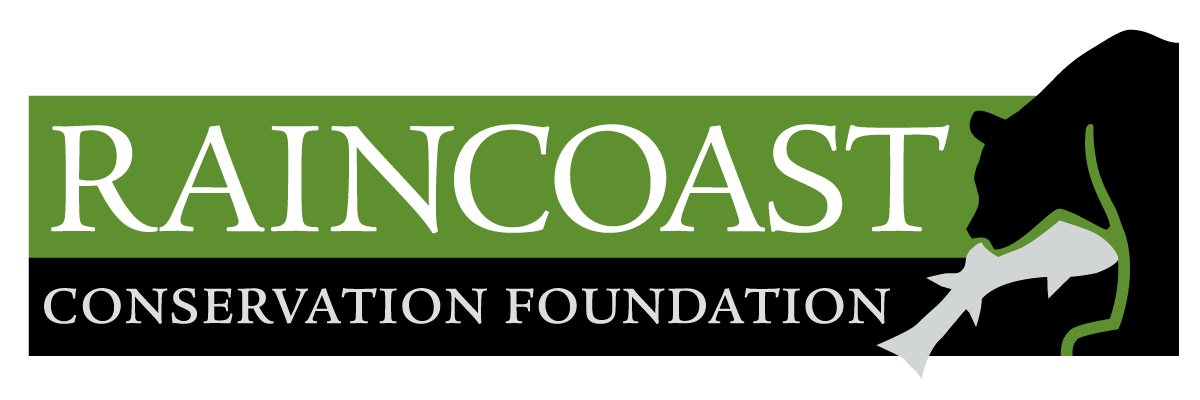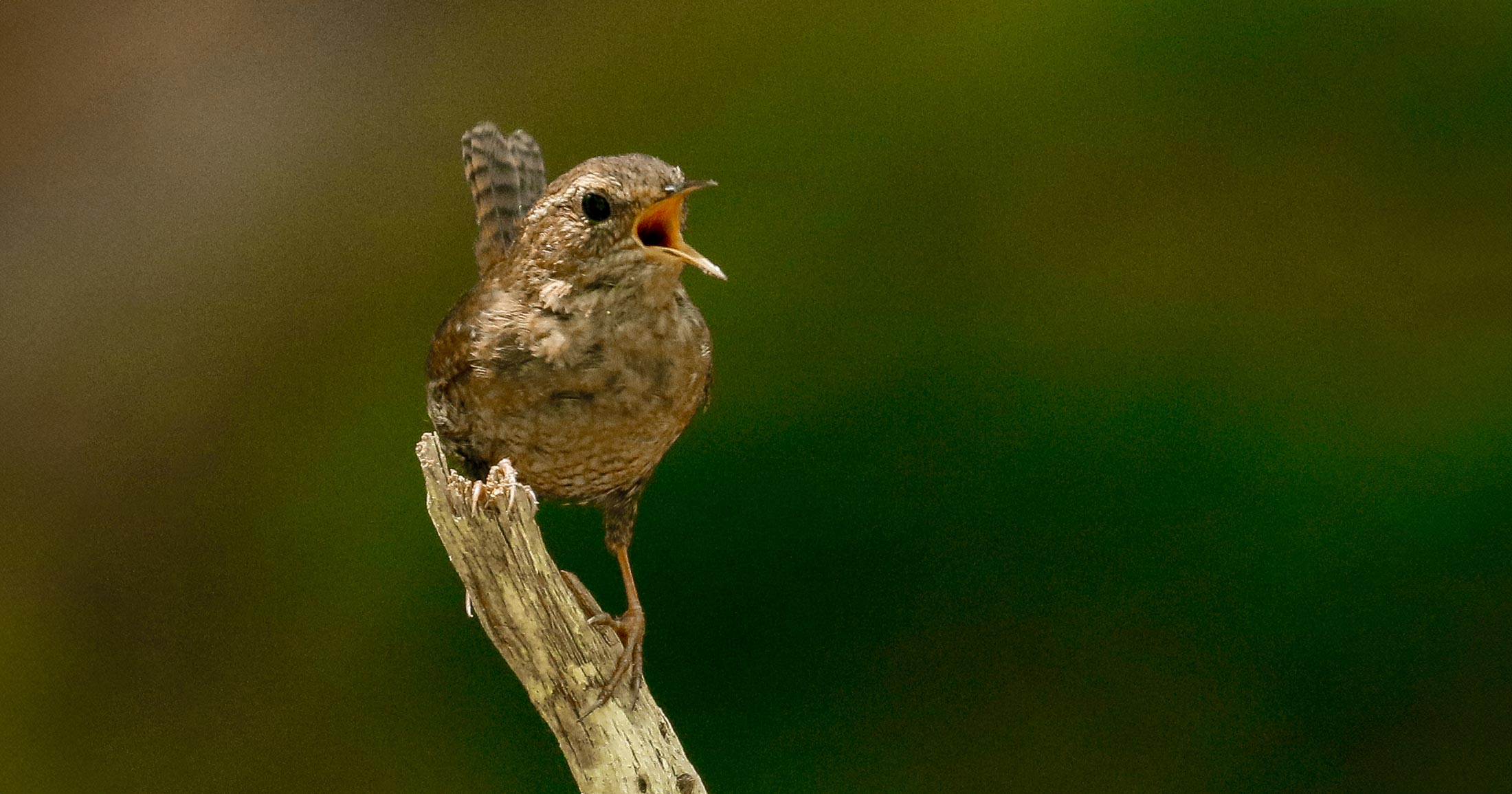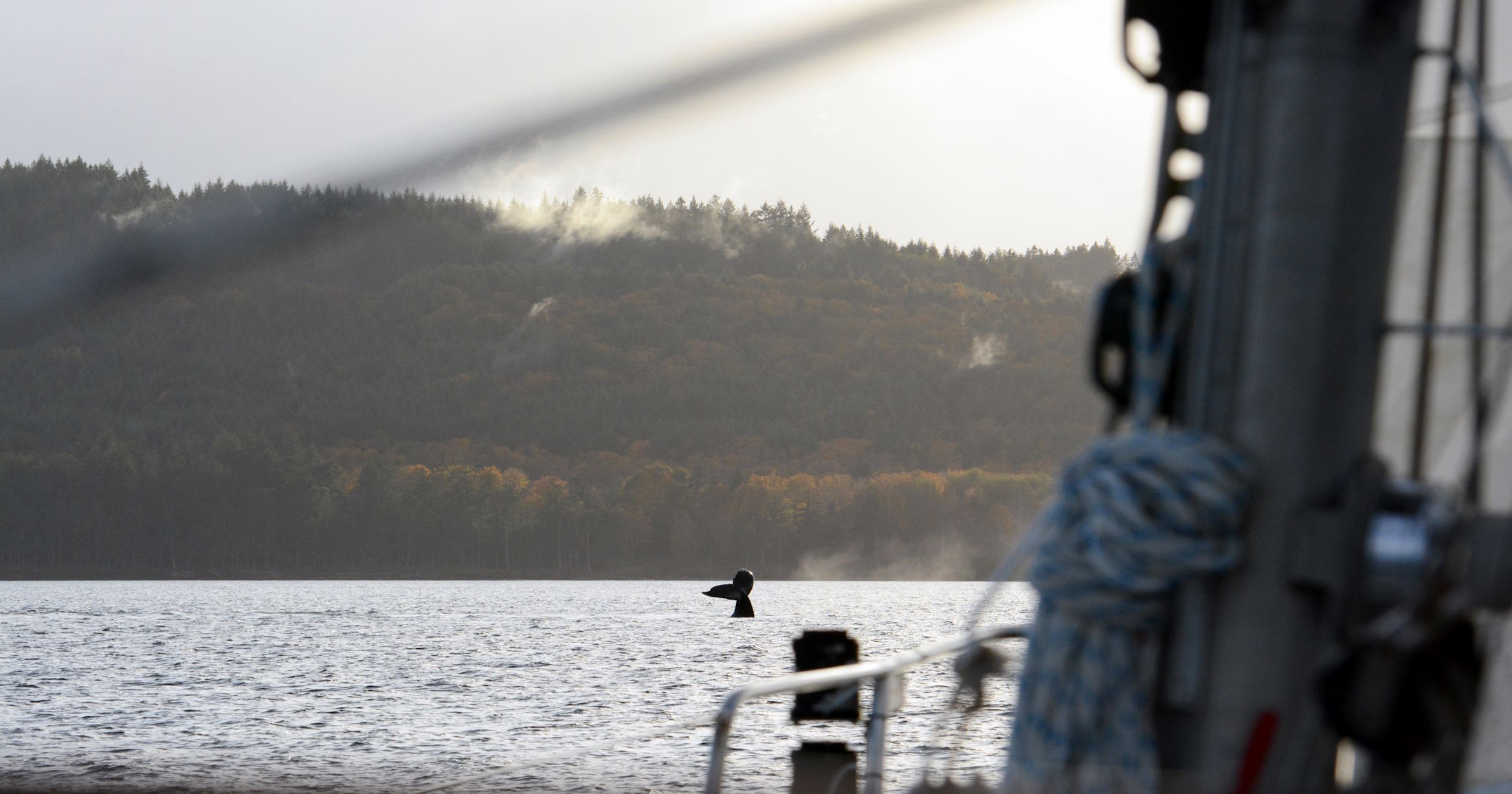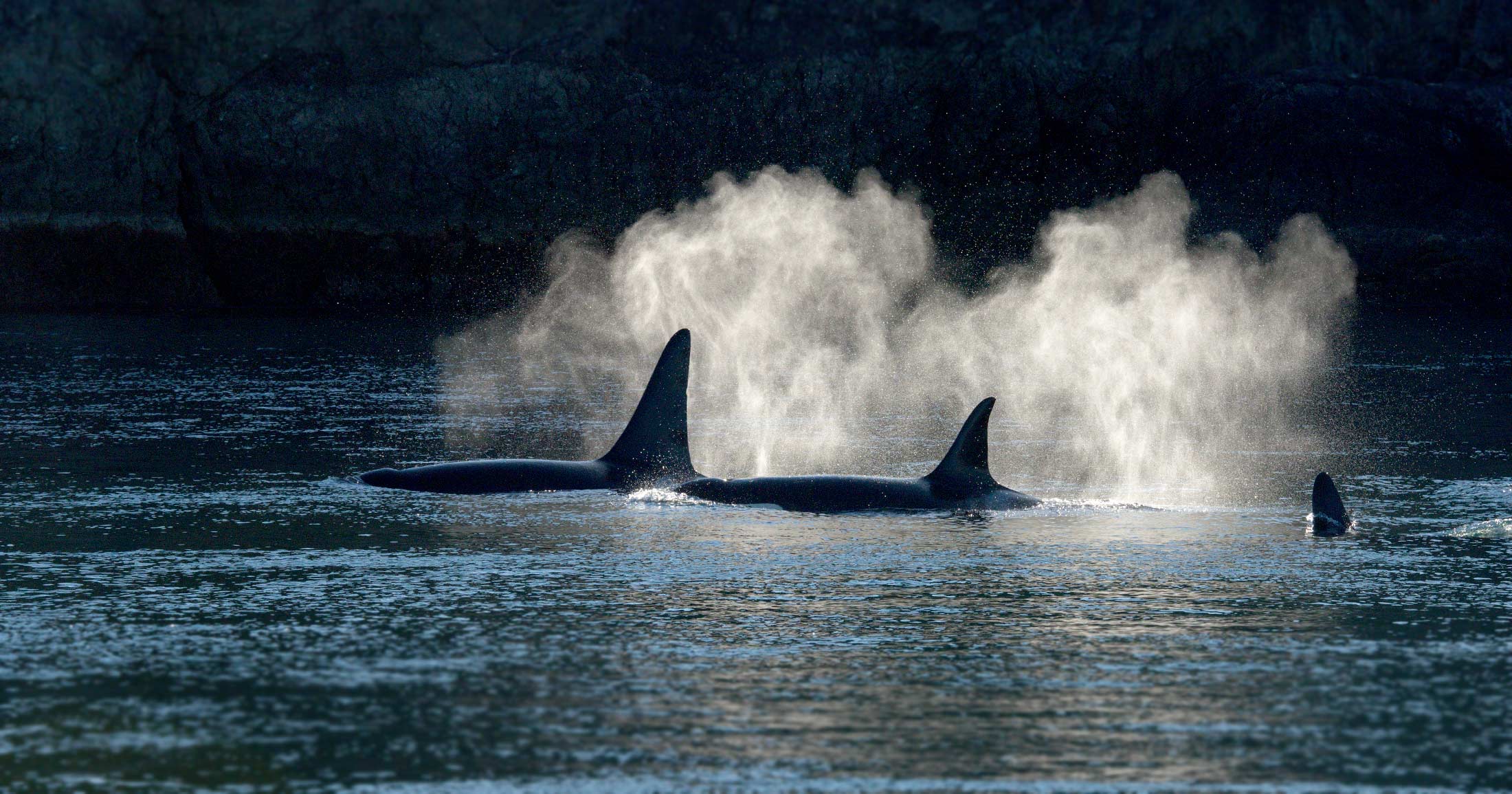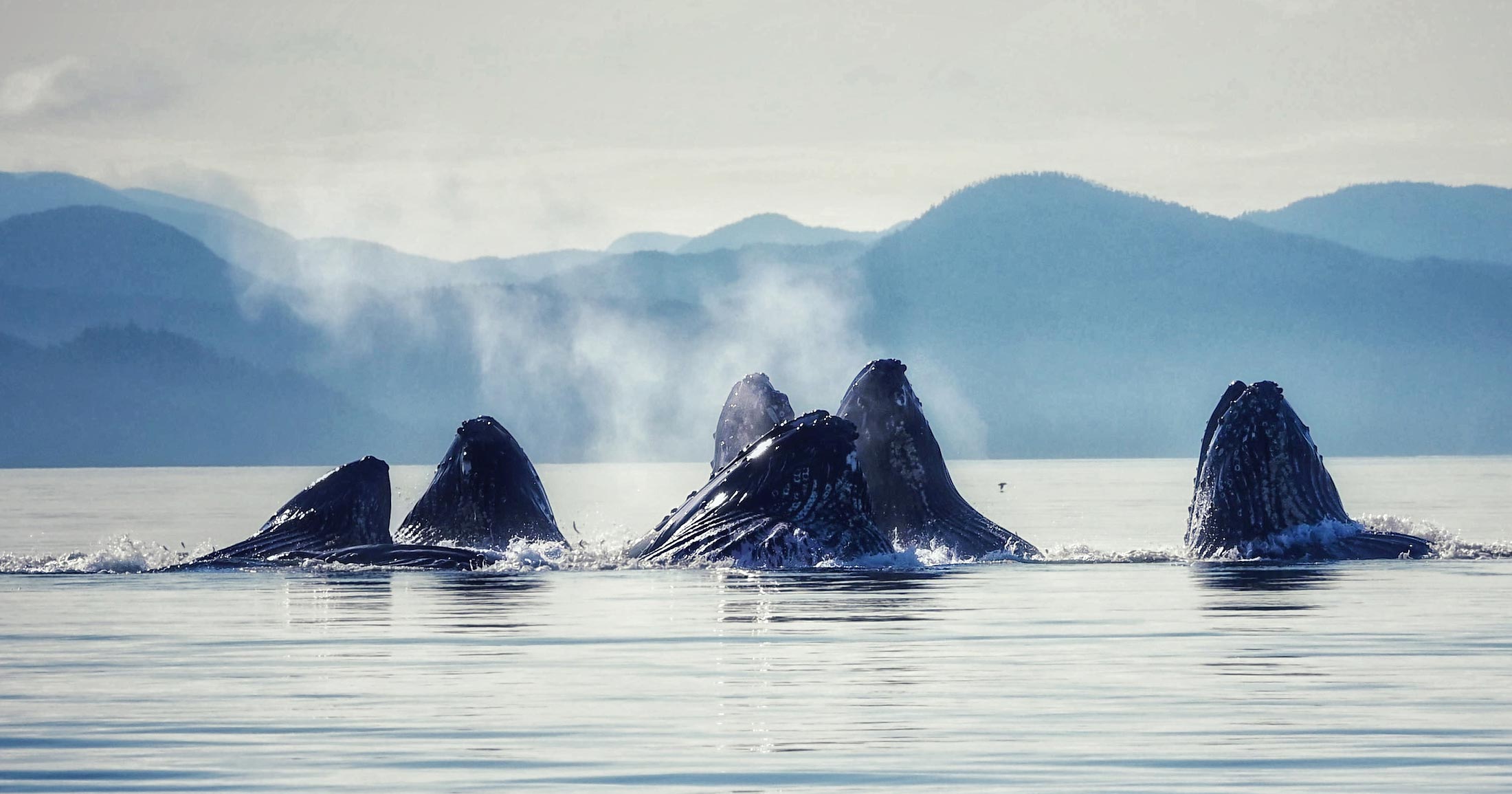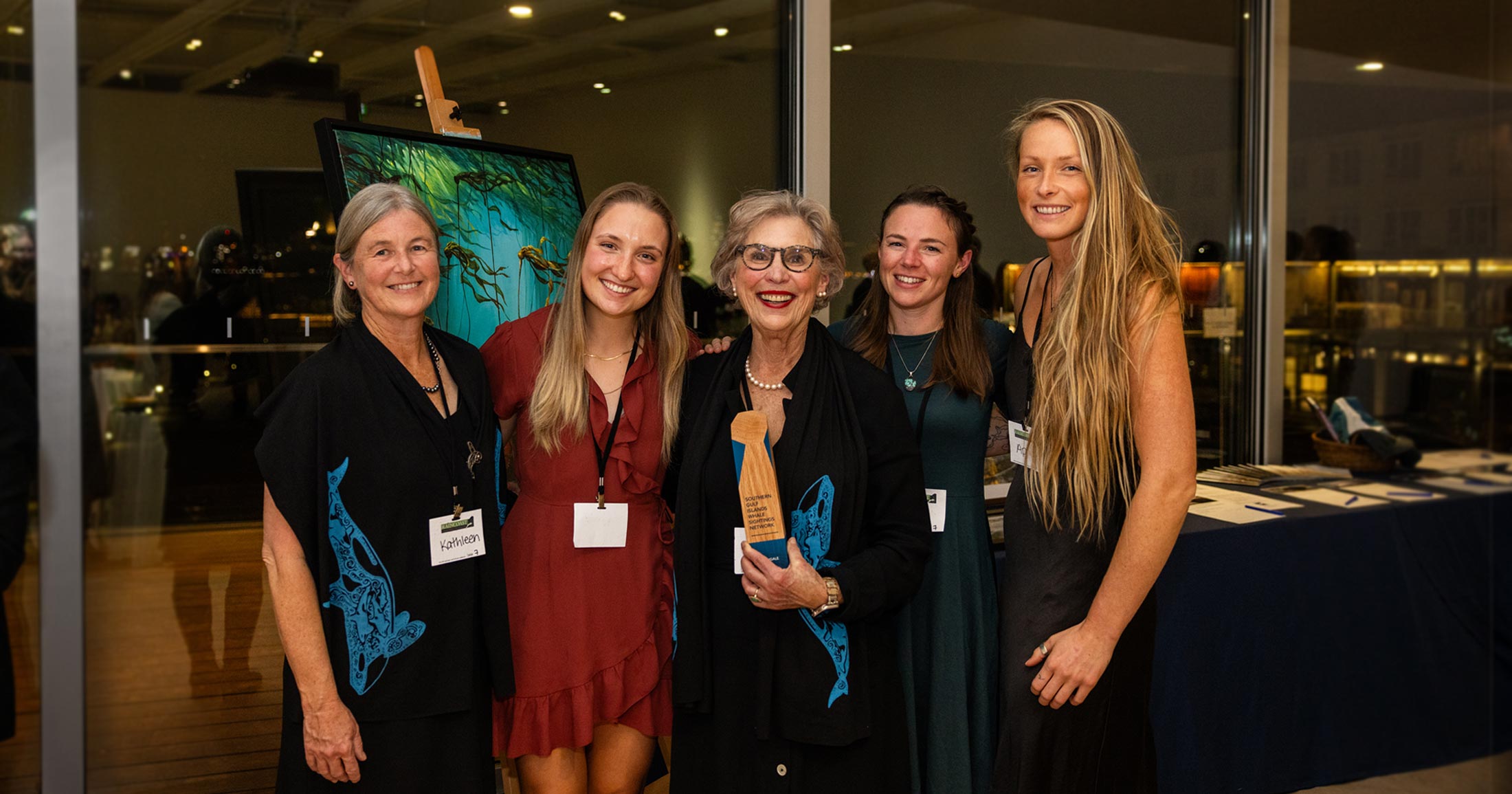The inertia of broken paradigms
Musings on fisheries management and ecological grief.
As a part of my doctoral research at Simon Fraser University with Drs. John Reynolds and Elizabeth Elle, I spent many years working on the central coast of BC in the territory of the Haíɫzaqv First Nation. The central coast is home to over a quarter of the unique and irreplaceable Pacific salmon populations, or conservation units, in Canada. These include some of the most imperiled populations and some of the populations we know the least about.
I spent many months each year collecting data on the plants and insects that call the salmon rivers of the central coast home. We were attempting to uncover how spawning salmon–as well as the nutrients they deposit when they die–contribute to the lives of organisms on land. Each fall, we also monitored the chum and pink salmon populations in more than 25 different rivers.
Hunger for change
After the last summer of data collection during my PhD, I attempted to continue a long-running salmon carcass transplant experiment in the fall of 2019. Bears had other ideas. This was, thankfully, the only year of this research project that scavenging bears had completely removed and consumed every single carcass that I deposited in the meadow. The field team and I returned to the wildflower meadow late that October to find an emaciated-looking black bear staring back at us; every shred of salmon flesh had disappeared into its hungry belly.
Likely pushed off more productive streams by other hungry and territorial bears, this bear had resorted to eating the well-rotted carcasses of my experiment. We came across several similarly emaciated bears that season. This was my fourth year enumerating pink and chum spawner abundance in Haíɫzaqv territory, and I could no longer explain away successive years of declining abundance as natural variation.
I didn’t know it at the time, but I was witnessing the collapse of the central coast chum run.
It was challenging to be working on the wonderful and unique ways that salmon influence terrestrial ecology while witnessing stream populations decline and blink out under the weight of climate change and the legacy of overexploitation. In the 15 years since my doctoral advisor, Dr. John Reynolds, established the central coast salmon program of which this research was a part, central coast chum experienced well below average returns in 13 of those 15 years1.
Since my work began in 2016, I would observe central coast chum abundances at only 10% of their 60-year historical averages despite widespread commercial fishing closures2.
Observations that I had previously chalked up to normal interannual variation were—in reality—indicators of our failure to act soon enough. In addition, despite the intention for the high profile fishery closures announced by the Minister of Fisheries and Oceans in 2021 to last at least four years, central coast net fisheries for chum are proposed in this year’s draft fisheries management plan.
Is there utility in fundamental science?
The kind of research we were conducting differs from other work on Pacific salmon ecology in that it has little immediate relevance for management. I have no illusions that managers will suddenly begin setting spawner abundance goals to ensure that plants have enough fertilizer or that bees have enough flowers. As a devoted enthusiast of fundamental research and purely intellectual pursuits, I was once content with this. I wasn’t sure there should be management implications baked into every study—an unpopular opinion in the salmon world, especially in an age where one could argue that scientists have a moral imperative to do work in aid of management and conservation.
However, it has been difficult lately to ignore the actions that this moral imperative asks of me. Additionally, I once believed that the lack of management implications in my work was solely a reflection of the quality of my research questions. Now, I no longer believe that this reflects question quality, but rather the framing of our current approaches to salmon management.
In light of these recent steep declines in central coast salmon abundance, it pains me to know that this kind of work isn’t as useful as it could be for fisheries managers and conservationists. We currently manage salmon for catch in recreational and commercial fisheries, but not for wildlife and salmon ecosystems.
Although salmon conservation and Indigenous Food, Social, and Ceremonial needs must take priority over these interests in annual integrated fisheries management planning processes, there is a precarious tightrope that managers walk to provide opportunities to fish for multiple stakeholders involved in the process. Salmon ecosystems are not considered stakeholders and do not always have representatives at every bargaining table.
Conventional fisheries management
In fisheries management, each population has what’s called a “maximum sustainable yield.” Maximum sustainable yield is the theoretical maximum amount of catch a population could sustain forever and to eternity, as this catch is what’s known as “excess production” that can supposedly be freely taken without consequence. Except this maximum catch can be highly variable year-to-year and is based on how fast a population can grow.
You can imagine that population growth can be heavily dependent on climatic conditions and habitat capacity, and we rarely adjust each population’s maximum sustainable yield on an annual basis. This could be problematic in a changing climate if we are using maximum sustainable yield to tell us how much we can safely fish. Additionally, many have argued that “excess production” can no longer be freely harvested without consequence in the face of our knowledge of the ecological benefits of salmon to the ecosystems they return to3,4.
Dr. Peter Larkin argued for the end of the concept of maximum sustainable yield and wrote its epitaph in 19775. Despite nearly half a century of understanding the harm in viewing fish and fisheries this way, we still manage salmon for escapement targets that are often explicitly related to catch for maximum sustainable yield. The words “yield” and “escapement,” or the number of salmon allowed to escape the fishery and return to their spawning grounds, betray our view of the importance of salmon to harvest alone.
Even Canada’s Wild Salmon Policy, a transformational policy drafted in 2005 to support the assessment and recovery of Canada’s 450 conservation units of Pacific salmon, has the maximum sustainable yield concept embedded into how it can assign populations to risk categories.
Thinking differently
One alternative to classical, yield-based fisheries management is managing salmon for what they provide to ecosystems instead of what they provide to us. This is called ecosystem-based management. Ecosystem-based management for salmon, however, will prove difficult to implement without agreement on what aspects of salmon ecosystems we are managing for6. While consensus building will be difficult, I think we may finally be ready to begin this conversation.
Although we should likely not set spawner abundance targets for the number of blooming flowers or bumblebees that we want to see alongside streams, perhaps—nearly two centuries after the advent of colonial Pacific salmon exploitation—we should start to envision what we want a healthy salmon river to look like and manage for that instead. These conversations cannot and must not be divorced from Indigenous peoples who have been successfully managing and relying upon salmon for millennia7,8,9. Additionally, many Nations are leading innovative research and initiatives that conduct ecosystem-based management. The Wuikinuxv Nation proved that management plans that provide food for hungry bears also provide enough food for people, and that preserving salmon for wildlife benefits humans too.
The lack of consideration of ecology and ecosystems was one of Dr. Larkin’s main critiques of today’s popular yield-based fisheries. He acknowledged that transitioning to ecologically-minded management would be challenging. He argued that it was a “pity” that concepts like maximum sustainable yield must be abandoned at the height of their popularity, but “that’s the way it goes with the things we believe.” I reason that the difficulty in having a tough conversation should not prevent us from attempting to have it.
“Here lies the concept, MSY.
Dr. Peter Larkin, epitaph for maximum sustainable yield.
It advocated yields too high,
And didn’t spell out how to slice the pie.
We bury it with the best of wishes,
Especially on behalf of fishes.
We don’t know yet what will take its place,
But hope it’s as good for the human race.”
In my opinion, almost 50 years after this epitaph was written, perhaps it is time to bury the way we think about fisheries management and envision anew.

Notes and references
- Atlas, W. I., K. L. Wilson, C. K. Whitney, J. E. Moody, C. N. Service, M. Reid, and M. R. Sloat. 2022. Quantifying regional patterns of collapse in British Columbia Central Coast chum salmon (Oncorhynchus keta) populations since 1960. Canadian Journal of Fisheries and Aquatic Sciences 2086:2072–2086. https://doi.org/10.1139/cjfas-2022-0013
- Ibid.
- Willson, M. F., S. M. Gende, and B. H. Marston. 1998. Fishes and the Forest: Expanding perspectives on fish-wildlife interactions. BioScience 48:455–462. https://doi.org/10.2307/1313243
- Hocking, M. D. 2005. The Salmon-Forest. PhD Thesis. University of Victoria. https://dspace.library.uvic.ca/handle/1828/1867
- Larkin, P. A. 1977. An epitaph for the concept of maximum sustained yield. Transactions of the American Fisheries Society 106:1–11. <a href="https://doi.org/10.1577/1548-8659(1977)106https://doi.org/10.1577/1548-8659(1977)106<1:AEFTCO>2.0.CO;2
- Walsh, J. C., J. E. Pendray, S. C. Godwin, K. A. Artelle, H. K. Kindsvater, R. D. Field, J. N. Harding, N. R. Swain, and J. D. Reynolds. 2020. Relationships between Pacific salmon and aquatic and terrestrial ecosystems: implications for ecosystem-based management. Ecology 101:e03060. https://doi.org/10.1002/ecy.3060
- Atlas, W. I., N. C. Ban, J. W. Moore, A. M. Tuohy, S. Greening, A. J. Reid, N. Morven, E. White, W. G. Housty, J. A. Housty, C. N. Service, L. Greba, S. Harrison, C. Sharpe, K. I. R. Butts, W. M. Shepert, E. Sweeney-Bergen, D. MacIntyre, M. R. Sloat, and K. Connors. 2021. Indigenous Systems of Management for Culturally and Ecologically Resilient Pacific Salmon (Oncorhynchus spp.) Fisheries. BioScience 71:186–204. https://doi.org/10.1093/biosci/biaa144
- Reid, A. J., L. E. Eckert, J. F. Lane, N. Young, S. G. Hinch, C. T. Darimont, S. J. Cooke, N. C. Ban, and A. Marshall. 2021. “Two-Eyed Seeing”: An Indigenous framework to transform fisheries research and management. Fish and Fisheries 22:243–261. https://doi.org/10.1111/faf.12516
- Silver, J. J., D. K. Okamoto, D. Armitage, S. M. Alexander, C. Atleo, J. M. Burt, R. Jones, L. C. Lee, E. K. Muhl, A. K. Salomon, and J. S. Stoll. 2022. Fish, People, and Systems of Power: Understanding and Disrupting Feedback between Colonialism and Fisheries Science. American Naturalist 200:168–180. https://doi.org/10.1086/720152
You can help
Raincoast’s in-house scientists, collaborating graduate students, postdoctoral fellows, and professors make us unique among conservation groups. We work with First Nations, academic institutions, government, and other NGOs to build support and inform decisions that protect aquatic and terrestrial ecosystems, and the wildlife that depend on them. We conduct ethically applied, process-oriented, and hypothesis-driven research that has immediate and relevant utility for conservation deliberations and the collective body of scientific knowledge.
We investigate to understand coastal species and processes. We inform by bringing science to decision-makers and communities. We inspire action to protect wildlife and wildlife habitats.

